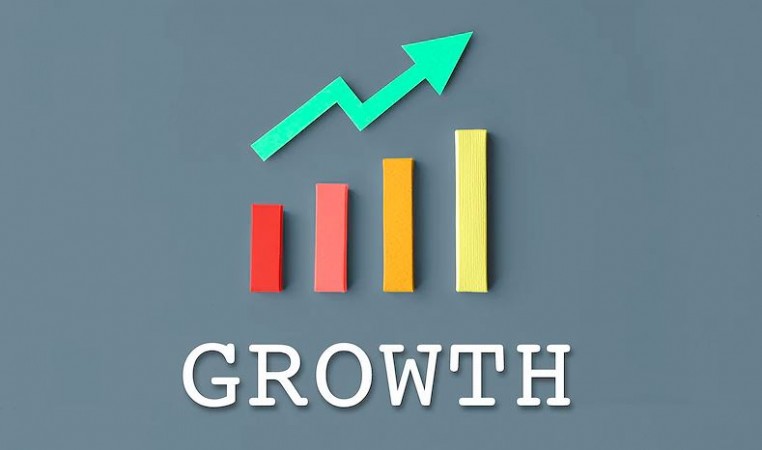
The Laffer Curve is an economic concept that depicts the relationship between tax rates and government revenue. Coined by economist Arthur Laffer in the 1970s, the curve suggests that there exists an optimal tax rate that maximizes revenue collection. However, when tax rates become either extremely high or extremely low, the resulting effect may lead to diminished government revenue. Understanding the dynamics of the Laffer Curve is crucial for formulating effective tax policies and fostering economic growth.
History of the Laffer Curve
The concept of the Laffer Curve has its roots in the history of economic thought. Arthur Laffer, an influential economist, introduced the idea during a dinner conversation with policymakers in the 1970s. Over time, the concept gained popularity, attracting both supporters and critics in the field of economics.
Understanding the Concept
At its core, the Laffer Curve illustrates the notion that as tax rates increase, government revenue also increases to a certain point. However, beyond this point, further tax rate increases may lead to diminishing returns, resulting in lower revenue collection. Conversely, lowering tax rates from extremely high levels can stimulate economic activity and potentially increase government revenue.
To better grasp this concept, let's consider an illustrative example. Imagine a country with a flat tax rate of 50%. At this rate, the government collects a certain amount of revenue. Now, suppose the government decides to increase the tax rate to 60%. According to the Laffer Curve, the revenue collected will increase, but not proportionally to the tax rate hike. If the government then increases the tax rate to 70%, the revenue growth may slow down further.
Factors Influencing the Laffer Curve
Several factors influence the shape of the Laffer Curve and its real-world implications. Economic conditions, such as the overall health of the economy, unemployment rates, and inflation, play a crucial role in determining the effectiveness of tax policies. Additionally, behavioral responses of taxpayers, including changes in consumption, savings, and investment decisions, can impact revenue collection.
Optimal Tax Rate
Determining the optimal tax rate is essential for maximizing revenue without hindering economic growth. Striking the right balance between generating enough revenue to fund government activities and encouraging economic activity requires careful consideration. Policymakers must weigh the potential benefits of revenue collection against the potential negative consequences of higher tax rates on economic incentives.
Laffer Curve in Real-World Application
Various countries have attempted to apply the principles of the Laffer Curve to their tax policies. Case studies from different regions provide valuable insights into the successes and challenges of implementing such policies. Examining these real-world examples can help draw lessons and guide future tax reforms.
Misinterpretations and Challenges
The Laffer Curve is not without its share of misconceptions and challenges. Some critics argue that proponents of the curve oversimplify the complexities of taxation and economic behavior. Addressing these misconceptions and challenges is crucial for a more nuanced understanding of the Laffer Curve's implications.
The Laffer Curve and Tax Policy
The Laffer Curve has significant implications for tax policy. Policymakers must carefully assess the potential impacts of tax rate adjustments on government revenue, economic growth, and income distribution. Balancing these factors is vital for creating tax systems that are equitable and conducive to economic prosperity.
The Laffer Curve's Impact on the Economy
The Laffer Curve's influence extends beyond revenue collection. Changes in tax rates can influence business decisions, investment patterns, and overall economic performance. Understanding these effects is crucial for creating a stable and resilient economy.
The Laffer Curve and Behavioral Economics
The Laffer Curve intersects with behavioral economics, as individuals and businesses respond to changes in tax rates in different ways. Understanding these behavioral responses is essential for predicting the outcomes of tax policy changes accurately.
The Future of the Laffer Curve
As economies and tax systems evolve, the Laffer Curve's relevance and implications will continue to be subjects of research and discussion. Staying attuned to the latest economic developments and taxpayer behavior is vital for applying the Laffer Curve effectively.
The Laffer Curve remains a significant economic concept that provides valuable insights into the relationship between tax rates and government revenue. While it offers a useful framework for understanding taxation dynamics, it is crucial to acknowledge the complexities involved in designing effective tax policies that promote economic growth and fiscal stability.
From Swadeshi Movement to Sustainable Fashion: The Journey of Khadi
Eco-Conscious India: Embracing Sustainability and Bid Farewell to Plastic